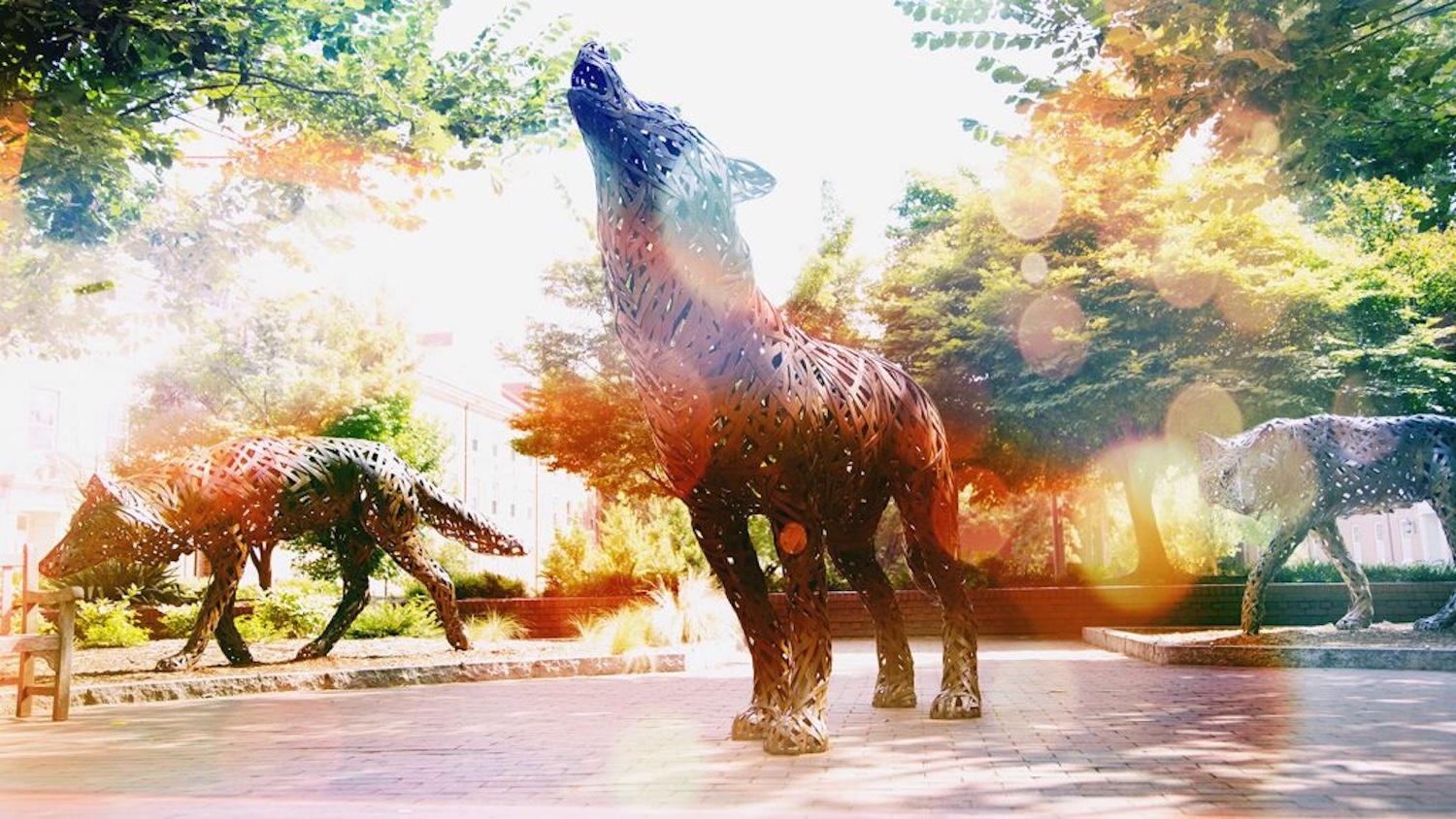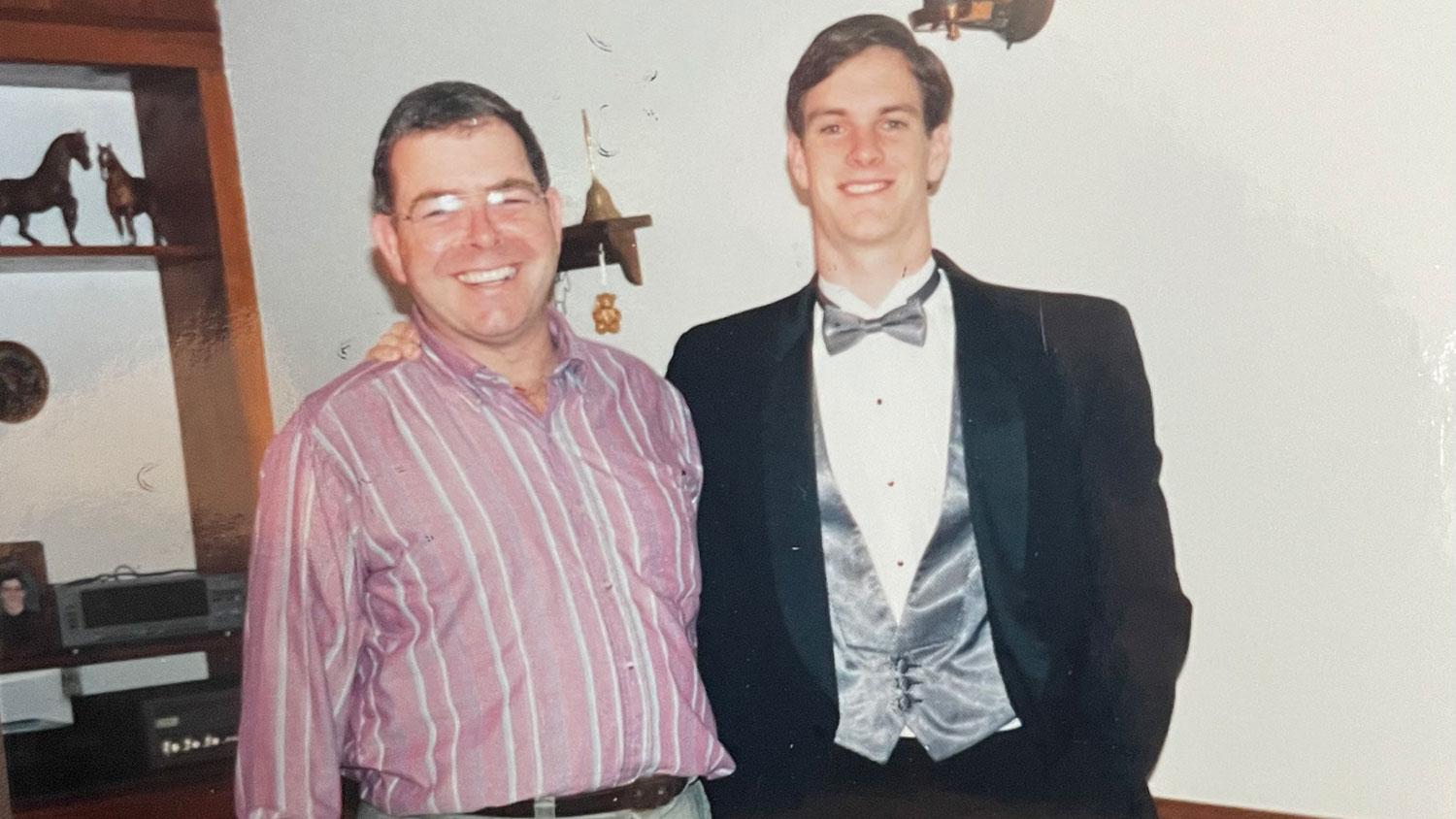It wasn’t the promise of a nationally recognized program in her field of consumer research that attracted Stacy Wood to NC State University in 2010. In fact, the university had no reputation in the field at the time.
But the desire to pursue a new model of interdisciplinary consumer innovation research at the Poole College of Management — combined with funding provided by the Langdon Distinguished University Professorship in Marketing — brought Wood to Raleigh.
“The idea that NC State was setting up a named chair specifically to look at innovation from a consumer-centric point of view showed the university’s level of commitment,” she said. “It showed the high expectations for the impact this would have on the economy of North Carolina, on the students at NC State and on our outreach to corporate partners in the Triangle. All of these things were apparent to me through the nature of the gift and through the professorship.”
The Langdon Professorship is one of NC State’s Distinguished University chairs and was created by the late J. Lloyd and Madelyn Langdon to recruit nationally recognized faculty at the Poole College of Management. J. Lloyd Langdon was a 1940 graduate of the College of Agriculture and Life Sciences. The work the professorship supports is more critical than ever before, according to Wood.
“It puts the end user first in the equation and that’s necessary in this new world of rapid entrepreneurial innovation,” she said. “The marketplace is so crowded that consumers end up being increasingly powerful in terms of which companies succeed or fail and what innovations are adopted or not.”
Wood’s professorship supported the development of NC State’s Consumer Innovation Collaborative (CIC). The CIC fosters corporate-academic partnerships that allow Wood and her MBA students — together with graduate students from other colleges, including Design, Textiles, Agriculture and Life Sciences and Engineering — to collaborate with large companies to conduct state-of-the-art consumer research. She referred to the CIC as a “three-legged stool” benefiting students, the university, and partner companies like Clorox, Bayer, Cisco, Quintiles, and Cotton Inc.
“There’s this lovely recruiting pipeline for the companies,” said Wood, who serves as the CIC’s executive director. “There’s this pedagogical aspect to giving our students a unique analytic skill. And then, for us as academics, it’s this connection to the real world that helps us to avoid being an ivory tower business school, but rather aspire to be one that really hears and conducts research on what senior-level executives are wrestling with.”
The interdisciplinary nature of the CIC is especially beneficial, according to Wood. She’s particularly pleased with connections between the CIC and the College of Design. The focus on user experience in the College of Design closely aligns with the CIC’s concentration on consumer-centric innovation.
The opportunity to work directly with companies is a distinct advantage over programs at other universities that rely on case studies, said Dan VanHoozer, one of Wood’s MBA students and a Consumer Innovation Scholar.
“We’re doing actual work on complex issues, and I think that prepares us — the second we graduate and leave — to be successful in the world,” he said. “While we have a mentor, and there is a structure to support us, there are problems and challenges that come up every day that look like real-world challenges. We take the initiative to attempt to solve those every step of the way.”
Wood, who was elected and recently began a three-year term as president of the Association for Consumer Research, the field’s international academic association, said running a program like the CIC would not be possible without philanthropy from alumni and friends like the Langdons, as well as the confidence of university and college leaders.
“This is specialized, apprentice-style learning,” she said. “We walk with them every step of the way. I watch every analysis so when we have a final report or a final presentation, I can attest that it’s work at a very high caliber.
“The students get to see the entire process of research. They see all the steps that are challenging but necessary for literature review, data collection, and hypothesis testing. They see the good and the bad. If mistakes are made, they see how they’re fixed. If going in one direction is not profitable, they see how to turn it around. They see the whole process, and for a professor that takes a lot of time. It is something that has to be supported at the university level.”
This post was originally published in Giving News.



